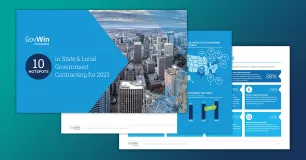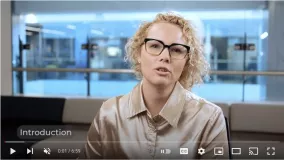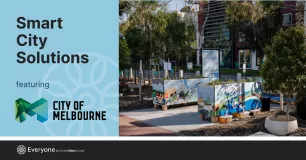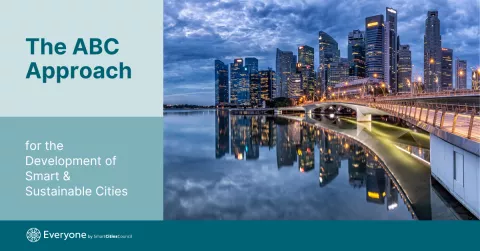
In the last few years, cities are beginning to brand themselves as “smart cities” or “sustainable cities” or “smart and sustainable cities”. This is partly to tap on the increased awareness of the potential for these cities where funding and investments options are now more widely available globally. This article provides a very simple approach called “ABC” which has been used successfully in the development of smart and sustainable cities in the past decade.
- What is the “ABC” Approach?
The diagram below illustrates the “ABC” approach and process flow for the development of smart and sustainable cities.
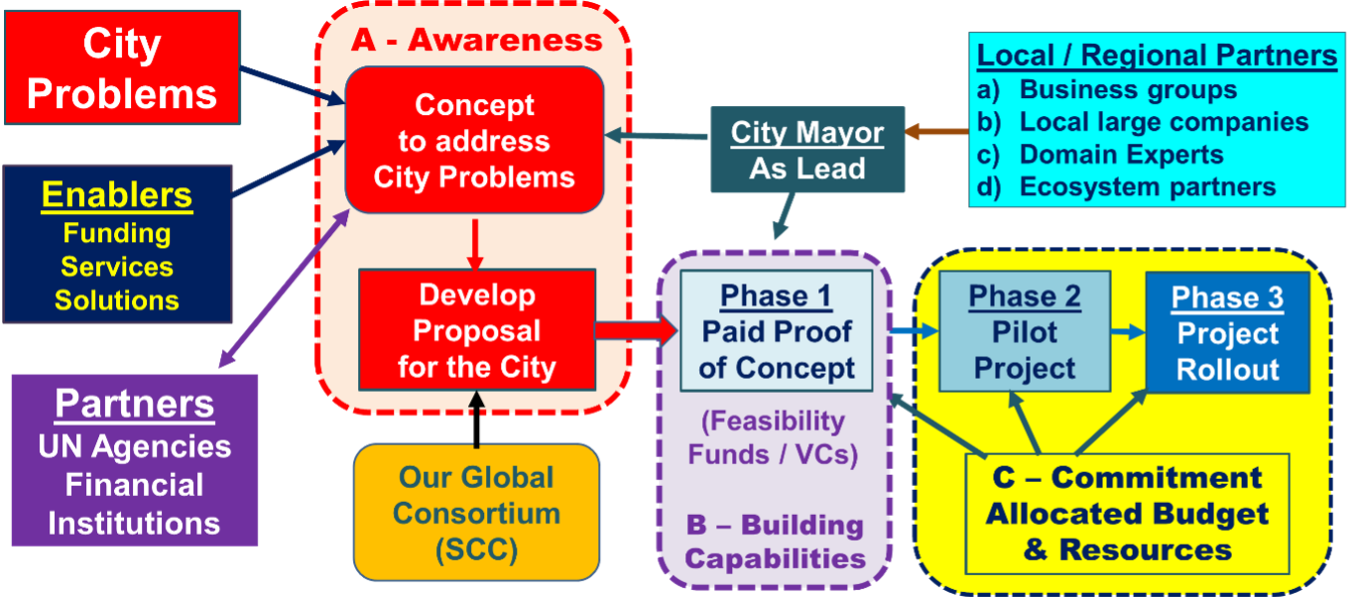
Figure 1: The ABC Framework and Process Flow to develop Smart Cities
- A – Awareness
The entire approach starts with “A” – which stands for “Awareness” – about the city problems, who we can approach for solutions and services, how it can be funded and the partners whom we can collaborate. However, the city leadership has to lead in prioritizing the city problems.
Once the city problem has been identified and somewhat defined, the next step is to develop the “Concept Proposal”, with a high-level plan, scope of a Proof-Of-Concept (POC) or Pilot project with proposed solutions, estimated budget, resource requirements and the project timeframe. City could also approach the global financial institutions and investors with these concept proposals
- B – Building Capabilities and Capacities
Smart City development can be new to many city officials which are not exposed to how emerging technologies and innovations can be integrated into the overall city operations. Hence, a training program has to be developed with an integrated approach, concurrent to the execution of the POC or Pilot project.
Preferably, city governments should bear some of the costs of such projects. This is to ensure accountability with deliverables from the project monitored regularly.
- C – Commitment
This is perhaps the most important step once “A” and “B” are done, where results would demonstrate positive returns to the city. This would also mean the city government could justify allocating more resources and budget to the development of more ideas to become a smart and sustainable city.
The next logical progression is to scale the Pilot project up with additional budget and resource allocation. Cities would develop their “Strategic Roadmaps” based on the early successes of the POCs and Pilot projects.
- How to Start?
For cities with leaders who are determined to develop their cities into smart and sustainable cities, I would recommend the following steps:
- Establish the “Smart City Task Force (SCTF)”
This SCTF will be responsible to develop the Strategic Roadmap for the city, with focus areas, prioritized, proposed methodology and expected outcomes to address city problems.
- Leverage the “ABC” Approach as outlined in this article
- Deliver Measurable Results and participate in events to showcase the projects.
For more information, reach out to Kok-Chin Tay and the Smart Cities Council ASEAN team.
